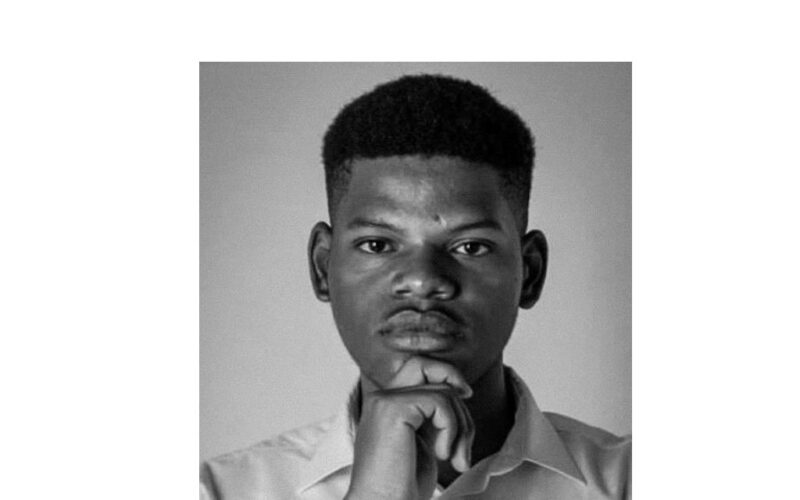Vivian !Nou-/Gawaseb
In the years 2015 and 2016, the United Nations unveiled the Sustainable Development Goals (SDGs), a global agenda for a sustainable future.
For Windhoek, Namibia, these goals represent a transformative vision, but the journey towards localizing them comes with a unique set of challenges. Localizing SDGs is crucial because it tailors global sustainability goals to local contexts, ensuring that communities’ unique needs and challenges are addressed effectively, ultimately driving meaningful progress towards a sustainable future at the grassroots level. Windhoek’s distinctive path towards SDG localization is marked by a scarcity of data, resistance to universally imposed goals, and the critical need for community inclusion. In this analysis, we delve into Windhoek’s experience, emphasizing the crucial role played by grassroots organizations in shaping this transformative journey.
A Shared Caution: Windhoek’s Context in SDG Localization
Windhoek, like many other Sub-Saharan African cities, approaches SDG localization with a sense of caution. The cautious approach stems from the perception that these global goals are externally imposed, often overlooking local nuances. Furthermore, the progress towards localization is impeded by the absence of support and guidance from the national level, leaving local governments and communities to navigate the intricate process of interpreting and implementing the SDGs independently. However, the most formidable obstacle confronting Windhoek is the lack of relevant data. Often outdated or aggregated to the point of impracticality, this data deficiency is particularly acute within the city’s informal settlements.
Data Deficiency and the Need for Granularity
To realize the SDGs effectively, Windhoek urgently requires granular, neighborhood-level data. This demand aligns with the International Institute for Environment and Development’s (IIED) advocacy for context-specific approaches, recognizing the diverse contexts and disparities within the city. Nevertheless, localizing the SDGs is more than just about data; it is fundamentally about engaging the community.
The People’s Agenda: The Role of Grassroots Organizations
In this context, the remarkable work of organizations like the Shack Dwellers Federation of Namibia (SDFN) and the Namibia Housing Action Group (NHAG) takes center stage. These local organizations have been instrumental in empowering Windhoek’s informal settlement communities. Their initiatives, driven by community participation, have not only secured strong support but have also transformed data collection into a means of community building. Regrettably, these successful efforts have largely remained detached from established, long-term, city-wide, and national monitoring systems.
Lessons and Implications from Windhoek’s Experience
Windhoek’s journey offers valuable lessons and far-reaching implications:
Bridging the Local-National Divide: Presently, Namibia’s monitoring and evaluation of Agenda 2030 primarily operate at the national level, with minimal involvement from local government. This disconnect between Windhoek’s municipal government and informal settlement communities exacerbates the challenge of integrating community initiatives into broader urban planning. To address this, fostering multi-stakeholder engagement and promoting ongoing collaboration is essential. Such cooperation can build mutual trust and, critically, elevate local development needs as a priority.
Empowering Through Data: The Community Land Information Program (CLIP), spearheaded by SDFN and NHAG, has unearthed a wealth of SDG-relevant data. Nevertheless, issues concerning data ownership and accessibility demand clarity, especially when engaging communities in data collection. The advent of digital tools further underscores the urgency of establishing transparent and accessible data-sharing mechanisms.
Enabling Insightful Action: Incorporating qualitative and quantitative questions linked to specific SDGs has proven instrumental in monitoring progress and shaping strategies. By encompassing both temporary and permanent structures in surveys, Windhoek has gained a comprehensive understanding of conditions within informal settlements, enriching the localization process.
Building Awareness and Collaboration: The community studio experience in Windhoek has not only heightened local awareness of the SDGs but has also engendered a newfound enthusiasm for collaboration with municipal authorities in data collection for SDG implementation and monitoring. However, for these initiatives to be successful, clear pathways must be outlined for communities to actively engage in enhancing their living conditions through urban upgrading.
Community-Driven Transformation: Windhoek’s pursuit of SDG localization transcends statistics; it represents a profound transformation in the lives of those residing in informal settlements, an enhancement of living conditions, and the nurturing of sustainable urban environments. The endeavor underscores the imperative of making the SDGs accessible and relevant to all, particularly those historically marginalized and underserved. Windhoek’s journey, characterized by community spirit and grassroots activism, offers a model for bridging the gap between global aspirations and local realities, steering the city towards a more sustainable and equitable future.
Conclusively, Windhoek’s pursuit of SDG localization serves as a testament to the power of local communities in effecting transformative change. It underscores the significance of not just setting global goals but ensuring their meaningful implementation at the grassroots level. Windhoek’s experience illuminates a path towards sustainable urban development that prioritizes inclusivity and community-driven initiatives. As the city continues to navigate the challenges of SDG localization, its journey stands as a beacon of hope and inspiration for other cities grappling with similar complexities on the road to a more sustainable future.
Vivian !Nou-/Gawaseb is a town & regional planning technician based in Namibia. He is currently pursuing a postgraduate degree in the latter field and writes on spatial planning, urban governance and sustainable development.




